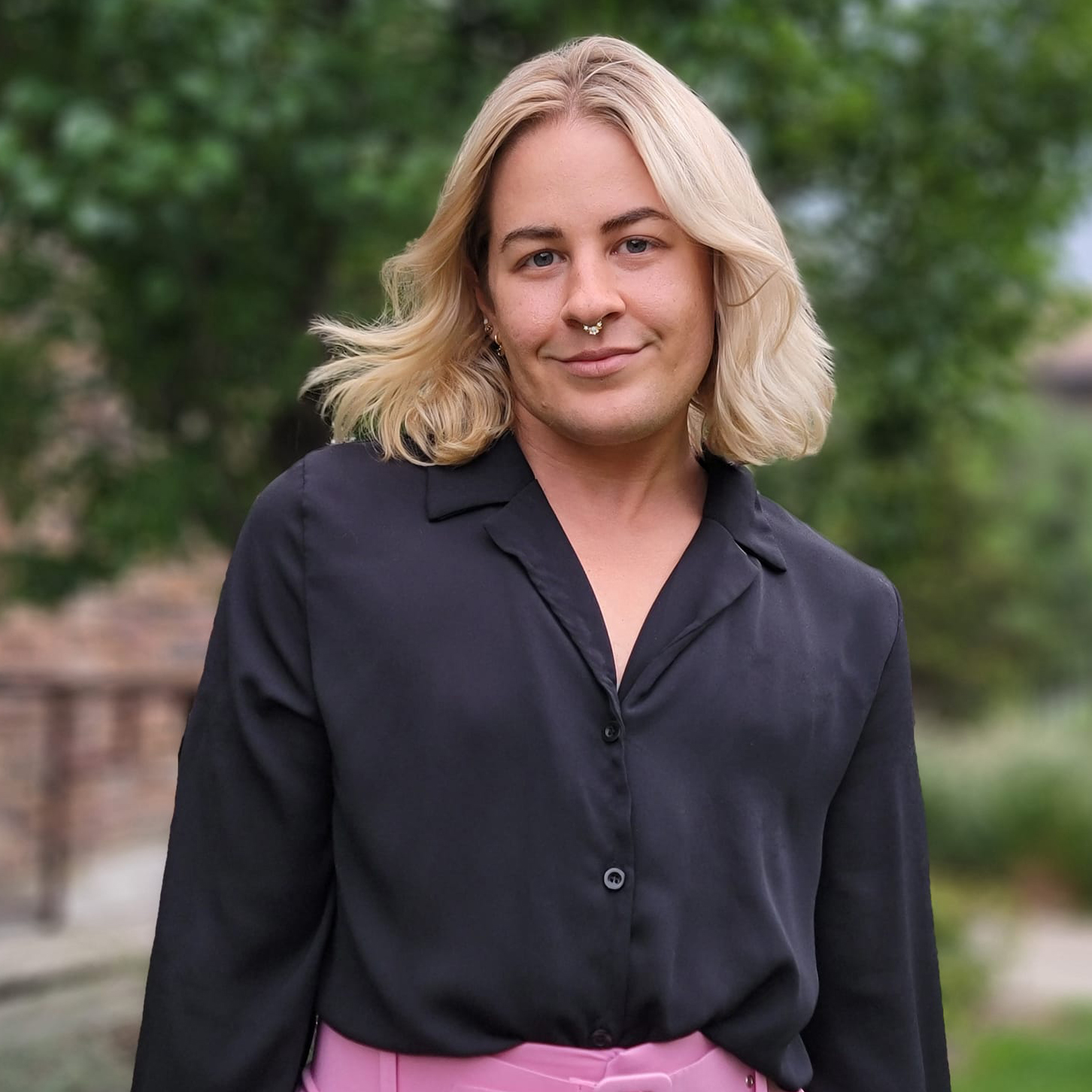Queer Dinners
2020. "Introduction: Queer Dinners", Poor Queer Studies: Confronting Elitism in the University, Matt Brim
Poor Queer Studies
This book focuses on the material conditions under which queer studies is taught in contemporary academia: "As students are sorted
on the basis of socioeconomic class by colleges that are themselves increasingly stratified by wealth-based rankings, Queer Studies also ruptures across
its disparate sites of material production—that is, at schools high and low" (pg. 3). Class has been largely ignored as a feature or an aspect of queer theory. When class has been discussed, it is often situated outside of the academic context; poorness happens beyond the walls of
the ivory tower. Brim posts that the failure to break down a false divide between academic institution and community has strengthened intra-class hierarchies within institutions (pg. 13).
Brim argues that the field of Queer Studies cannot be separated from racialized
class structures. He posits a queer vocational studies that centers the experiences of lower class students, who themselves become teachers of Queer Studies in their
workplaces and homelives. He seeks a queer education that is more accessible and less elitist than traditional approaches.
He chooses the term "poor" to foreground Queer Studies due to its complex, contested, and often disdained set of meanings: on one hand, a marker of socioeconomic hardship, in contrast to rich; and on the other, a lack
of access to material resources within educational institutions themselves; and on yet another, the hole which is left in Queer Studies when deprived of class specific work (pg. 18-19).
Class Stratification in Higher Ed
While access to college itself has become more egalitarian, where students attend college and what they study is increasingly tied to social background and gender (pg. 4). Those who attend expensive elite
institutions like Yale are more likely to come from wealthy backgrounds, study liberals arts, and continue on to PhDs, whereas those with lower incomes attend cheaper state schools and
community colleges, study preprofessional degrees, and do not continue to graduate school. Not only does higher education reflect socioeconomic status in its students, but it
reaffirms class stratification - the most wealthy attend elite schools which reap greater economic opportunities and rewards. Meanwhile, students at state schools and for-profit schools complete their degrees less often
but end up with student debt nonetheless. Further, the material absense of marginalized students - in this chapter, Black students, particularly Black men - exacerbates racism in academia. It literally shapes how white students in a white classroom learn.
Despite elite institutions touting "need ignorant" admissions, the socioeconomic makeup of these insitutions has not changed in ten years (pg. 7).
Rich Queer Studies
Brim implicates Queer Studies in the "hierarchizing mission of higher education," through "white gay male cultural production, the inaccessibility of its high queer theory, and ... anti-identitarianism that can discredit LGBTQ lived-identity experieces" (pg. 9). Still,
Queer Studies has characterized itself as non-normative, activist, open to critique. Yet Queer Studies has failed to disrupt the status quo of academia. He quotes Renn, who asks: "' “What is more nonqueer
than traditional doctoral education or the tenure stream?”'" Yet he also notes there are no PhD programs in Queer Studies, there are fewer and fewer jobs with labels like queer and sexuality, and
tenure track faculty are not usually hired to fill Queer Studies positions. This too deprives Queer Studies students of resources, as faculty have commitments elsewhere. Still, Queer Studies only really exists at
institutions with the resources to make them exist.

